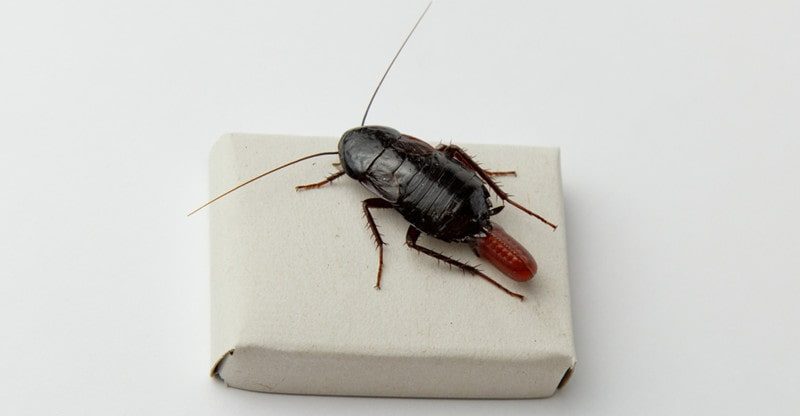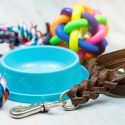Questions To Ask Before Setting Up A Dubia Roach Colony For Your Pet
Setting up dubia roach colonies saves a lot of time and money that you invest in your regular pet store trips. Many times, it happens that you buy extra. So, you need to take care of it until you feed them else, the smell of rotten insects will fill your house.
You can avoid this hassle by setting a dubia roach. But you need to be well-informed before setting it up. Here is a list of the questions you must ask before setting up a dubia roach colony for your pet.
Why Should You Consider Breeding Dubia Roaches?
Dubia is most common amongst all the roaches and can be used to feed your pet geckos, frogs, and chameleons. They are highly nutritious, rich in calcium and protein, and low in fat.
Dubia roaches are simple to breed and are almost odorless. If compared with crickets, they make no noise. As they are slow and pretty flightless, it’s hard for them to escape and infest your house.
Dubia roaches are livebearers, which relieves you from all the trouble of creating a right hatching environment. It makes the breeding relatively easy and also more successful. They can live up to a maximum of two years. If you have more animals to feed as part of their staple diet, breeding is a better option than buying.
How to Choose the Right Environment for Dubia Roach Colony?
To achieve the best breeding productivity, you need to choose the right location. You must select a place that has adequate air-circulation, light and dark cycle. An ideal temperature for the location is between 60 and 80 °F, lower than the bin temperature, to avoid overheating.
Try to avoid spaces with direct sunlight; it is better to keep them in a dark place with some artificial light. Your breeding colony should be away from any disturbances or noise. It should be able to accommodate the containers.
How to Choose: A Bin or Container
You should ideally go for three identical bins for the dubia roach colony. But more colonies might require more containers. So, plan to keep in mind the number of roaches you have and what you expect after breeding.
The ratio should be about 200 roaches per sq. ft. The first bin is used as the breeding colony, and the second is to house the babies that the roaches have laid, and the third will be a spare for sorting, cleaning, and other storage.
Plastic bins are preferable ones as you can stack them. Temperature losses in a plastic bin are also comparatively lower than the glass bins. Look for containers that have a smooth surface as it prevents the dubias from climbing out. Bins with a lid are also okay, but you will need to drill holes in the top for ventilation.
The internal set up of the bins is quite simple. First, divide the breeding bin into three parts: food, water, and shelter. No substrate is needed. Paper egg flats are the most commonly used and readily available shelters. The best way for them is to place them vertically side by side. This way, feces fall to the bottom, and the egg flats remain clean. Also, it prevents moisture accumulation.
How to Monitor Environmental Parameters?
To measure the temperature and humidity regularly, you would need a thermometer and a hygrometer. For monitoring the enclosure, you can use Wi-Fi enabled temperature and humidity loggers.
Temperature
The fertility of the dubia roaches rapidly decreases as temperatures shift from the ideal 85º or 90ºF. Therefore, maintain a constant temperature in the enclosure. You can use an external heat source to adjust the bin temperature level.
Humidity
The humidity levels should stay between 40 to 60 percent as low humidity leads to breaking eggs and can even make roaches infertile. It can also hamper the growth of the baby roaches. On the other hand, high humidity will lead to mold and bacteria growth, which can also affect roaches.
What to Feed Your Roaches?
Roaches can eat almost anything from fruits to veggies to grains. But you need to provide the breeding roaches with adequate nutritional support. It has a significant role to play in their frequency of mating and even the survivability of the baby roaches. Make the selection according to their dietary requirement and reproductive cycle. An adult male eats differently than an adult female.
Managing a dubia roach colony needs proper planning, and if you want to achieve the best results, you must make a plan about it. A self-sustaining breeding colony will take some time to develop. Determine the number you want to keep. It’s best to start with 20 females. However, if you have many pets to feed, you can increase this number to 50-100 females.



